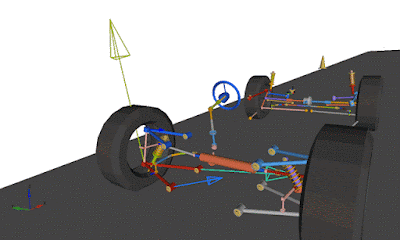About the Subject:
The evolution of the modern vehicle has
led towards safety, comfort, and energy consumption. Vehicle body engineering
plays an important role in the evolution of the entire vehicle. It includes
exterior and interior design.
Topics to be
covered in this Seminar:
Types of Car body - Types of bus body:
based on capacity, distance traveled and based on construction - Types of
commercial vehicle bodies - Light commercial vehicle body. Construction details
of commercial vehicle body - Objectives, Vehicle drag and types. Various types
of forces and moments - Effects of forces and moments - Types of materials used
in body construction-Steel sheet, timber, plastics, GRP, properties of
materials. Body trim items-body mechanisms
Time to be planned :
1 or 2 days
1 or 2 days
Kind of program :
3D based Seminar and Guest Lecture
for the Students
Reason for the program :
Kalam Scientist Team aiming to build young generation Scientist
Kalam Scientist Team aiming to build young generation Scientist
Sample clips for Reference :
Vehicle Drag Reduction
Cheers,
Kalam Scientist Team
7667668009
7667662428
Vehicle Drag Reduction
Cheers,
Kalam Scientist Team
7667668009
7667662428













